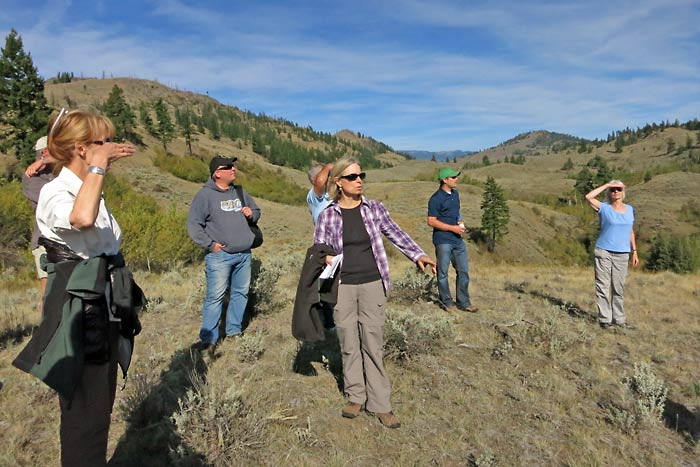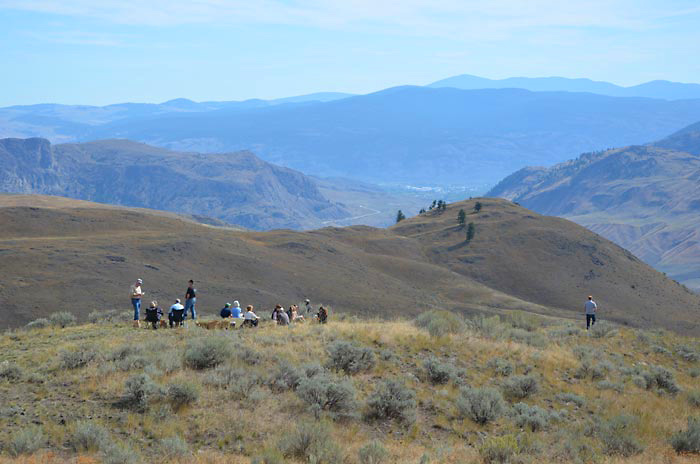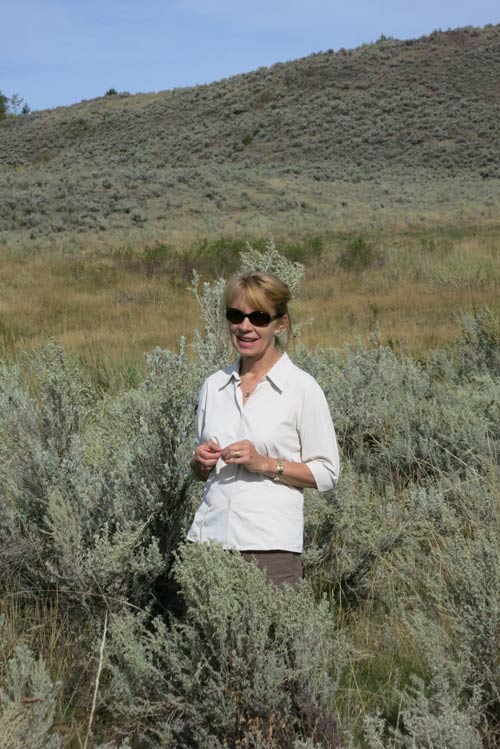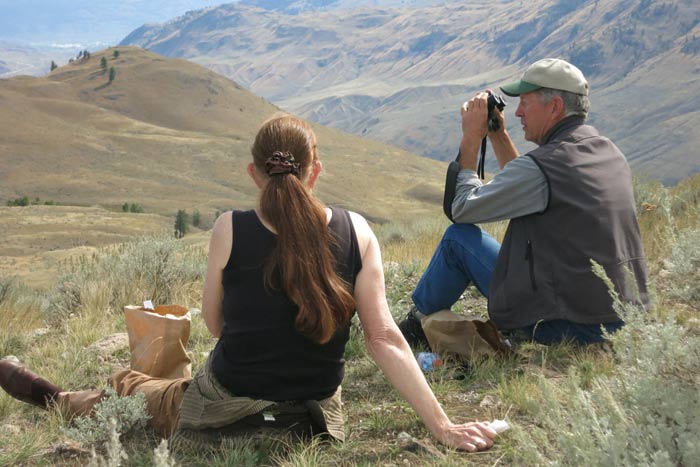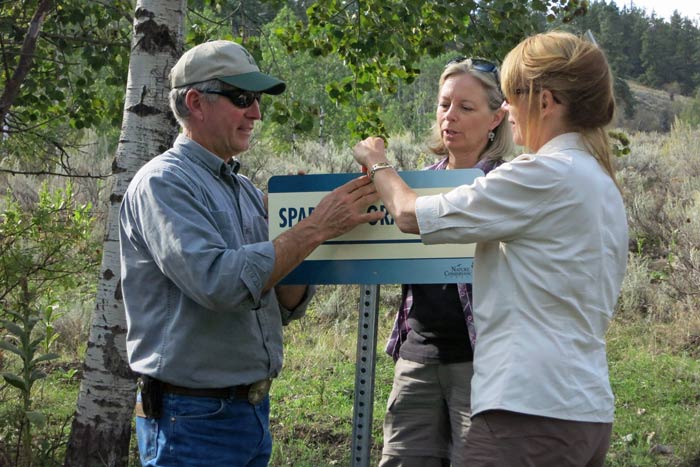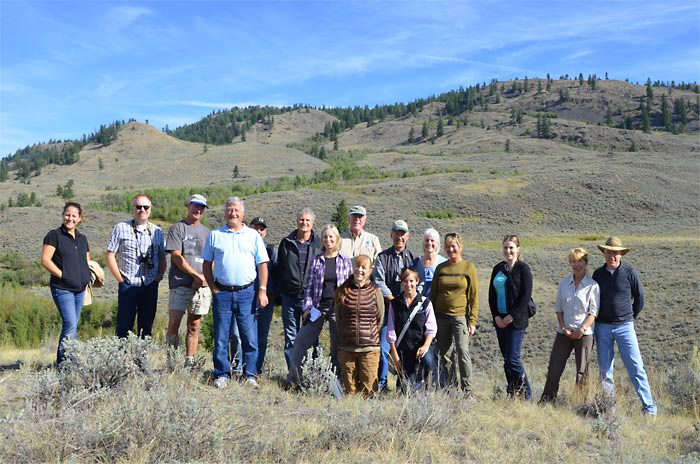Penticton—The Nature Trust of British Columbia is pleased to announce the purchase of the Skaha Lake Eastside property near Penticton with the support of many partners and donors.
“So glad there’s been success with the Skaha Lake property,” said Judie Steeves, West Kelowna freelance writer. “As a kid, I used to go hike up on those bluffs and sit and contemplate the future as I looked out over Skaha Lake. I love that area. Saw my first rattler in the wild there, too.”
This property which spans 35.4 hectares (87.5 acres) features critical habitat for Bighorn Sheep and other wildlife on the eastside of Skaha Lake. It is adjacent to our existing Skaha Lake Property complex which is included in the McTaggart-Cowan/Ns?k’?niw’t Wildlife Management Area.
This land has a variety of habitat ideal for Bighorn Sheep. The open grassland dotted with ponderosa pines and Douglas-fir provides grazing area and the rocky steep bluffs provide protection from predators.
“This property is one of the last remaining undeveloped benchlands on the eastside of Skaha Lake,” said Nicholas Burdock, The Nature Trust of BC’s Okanagan Conservation Land Coordinator. “It takes you only a few steps to recognize how beautiful this location is and why it is so important that it remain in a natural state. There are many rare plants and animals that rely on this landscape; it really is a special place in the South Okanagan.”
The Skaha Lake parcel is located in two of the most endangered biogeoclimatic zones: Bunchgrass and Ponderosa Pine. In addition to Bighorn Sheep, this property supports other species at risk such as the White-throated Swift and Western Rattlesnake and potentially the endangered American Badger.
This property is an infill piece, surrounded by our conservation lands to the north and east with the Eastside Road to the west and the south adjacent to a housing development.
“You only have to take one look at a map to understand the risk of this property being developed and its habitat values lost forever,” said Ross Peck, Chair of the Habitat Conservation Trust Foundation. “By helping The Nature Trust purchase these lands for conservation, we’re confident they’ll continue to support Okanagan wildlife in perpetuity.”
Management objectives will focus on increasing the quality of Bighorn Sheep habitat, improving connectivity and sheep movement within the adjacent Wildlife Management Area and decreasing human caused disturbance. Purchasing the property will reduce the risk of disease transmission by excluding domestic sheep and goats.
This project was made possible with the generous support of the Habitat Conservation Trust Foundation, BC Conservation Foundation, Sitka Foundation, Gosling Foundation, Wild Sheep Society of BC, Habitat Stewardship Program for Species at Risk (Government of Canada through Environment and Climate Change Canada) and individual donors.
The Nature Trust of British Columbia is dedicated to protecting BC’s natural diversity of plants and wildlife through the acquisition and management of ecologically significant land. Since 1971 The Nature Trust along with our partners has invested more than $95 million to secure over 71,000 hectares (175,000 acres) across British Columbia.


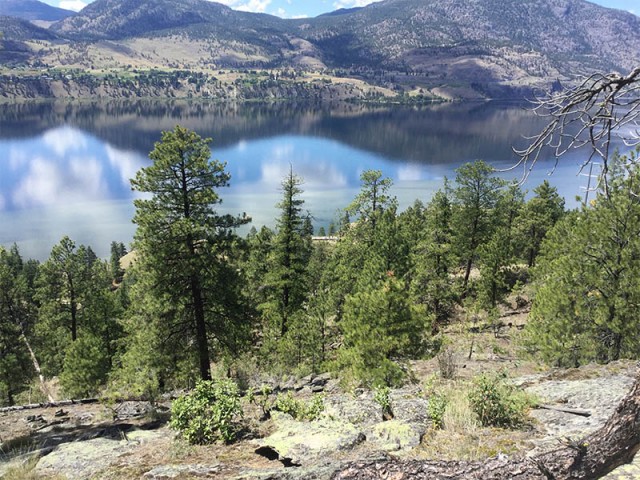
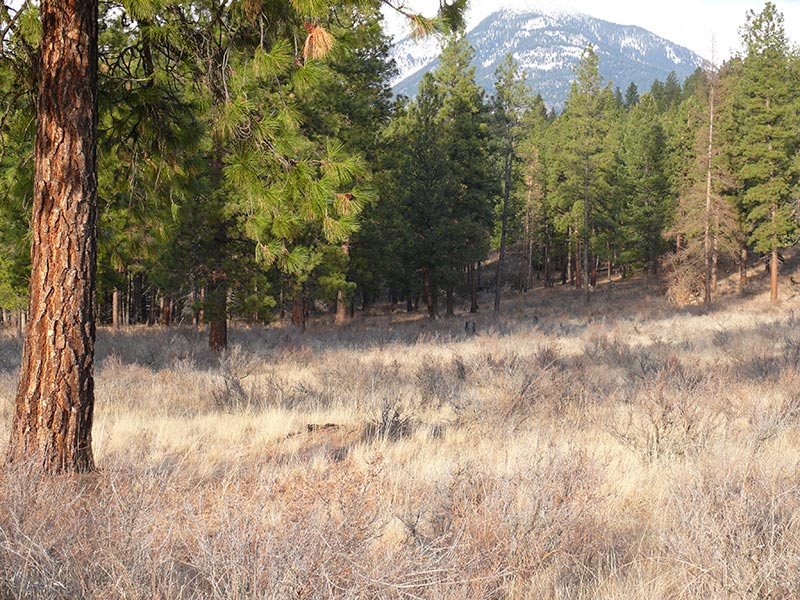
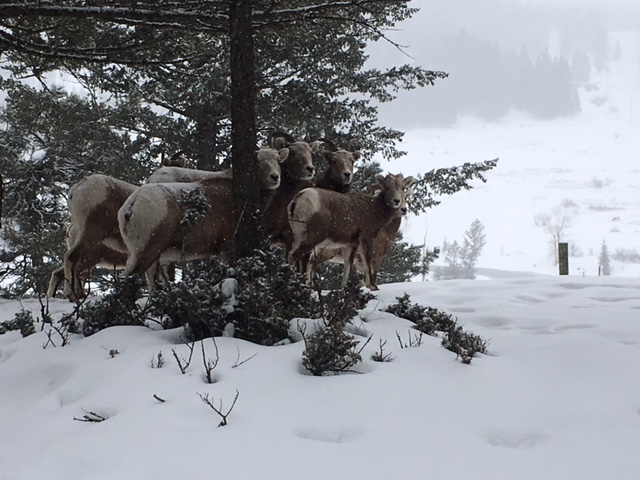

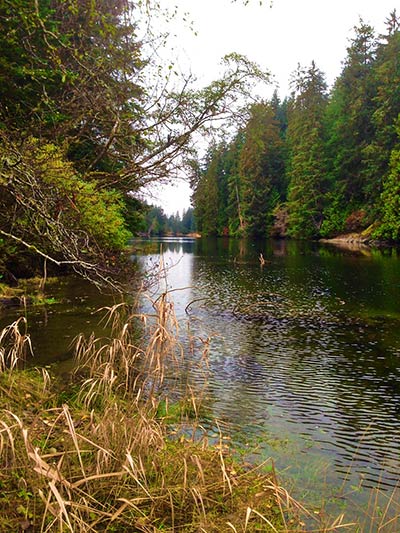 “The Fish and Wildlife Compensation Program is pleased to support this land purchase,” said Program Manager, Trevor Oussoren. “Strategic land acquisitions such as this play an important role in helping fish and wildlife for generations to come.”
“The Fish and Wildlife Compensation Program is pleased to support this land purchase,” said Program Manager, Trevor Oussoren. “Strategic land acquisitions such as this play an important role in helping fish and wildlife for generations to come.”
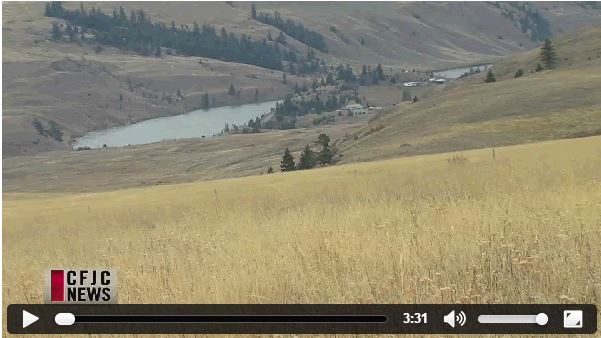
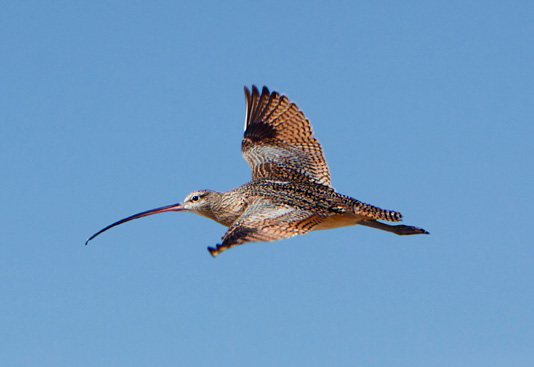 Indeed, both Sharp-tailed grouse and Sandhill cranes were observed by celebration participants on an NCC-led tour of the newly-acquired lands. One of those participants was the land’s former owner, Agnes Jackson. Her family sustainably managed these grasslands for over 40 years, and her decision to sell to the Conservancy was based on her desire to see them remain a haven for many plants and animals.
Indeed, both Sharp-tailed grouse and Sandhill cranes were observed by celebration participants on an NCC-led tour of the newly-acquired lands. One of those participants was the land’s former owner, Agnes Jackson. Her family sustainably managed these grasslands for over 40 years, and her decision to sell to the Conservancy was based on her desire to see them remain a haven for many plants and animals.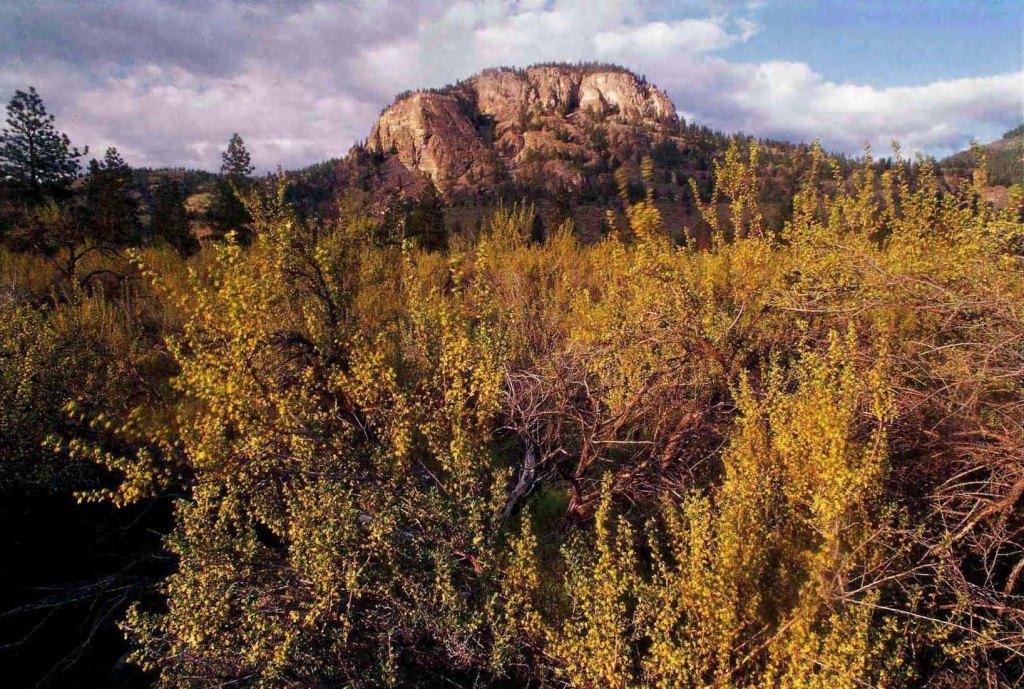
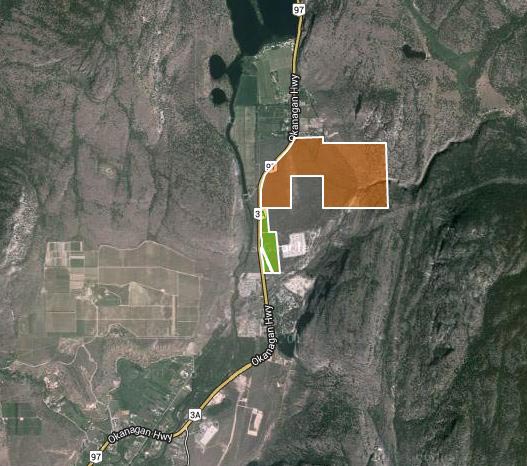 The property is adjacent to The Nature Trust’s Antelope-brush Conservation Area, home to more than 20 species at risk, including over 50% of the Canadian population of
The property is adjacent to The Nature Trust’s Antelope-brush Conservation Area, home to more than 20 species at risk, including over 50% of the Canadian population of 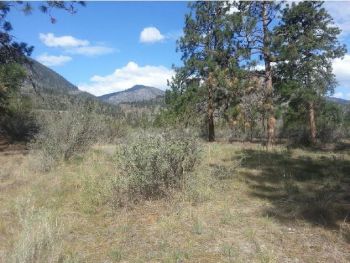 Additional support for this acquisition was provided by the landowner, FortisBC, the Habitat Stewardship Program, Sitka Foundation, Grayross Foundation, and the South Okanagan Naturalists’ Club. For additional information on HCTF-funded acquisition properties, click
Additional support for this acquisition was provided by the landowner, FortisBC, the Habitat Stewardship Program, Sitka Foundation, Grayross Foundation, and the South Okanagan Naturalists’ Club. For additional information on HCTF-funded acquisition properties, click 